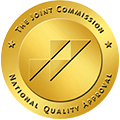If you live with chronic pain, you know every day can be a struggle. Your doctor may have recommended prescription opioids to improve your quality of life, but it’s understandable to be wary of these drugs, given what we know about how addictive they can be. Even when used carefully under a doctor’s supervision, this class of drugs is still dangerous because of the euphoric sensation they create. Fortunately, you have other solutions for all-natural pain relief at your disposal, including meditation.
How Does Meditation Work for Pain Relief?
Meditation is a time-honored tradition with roots in Eastern religions. It emphasizes focusing your attention in the moment and observing your thoughts without judgment. All you need to start meditating is an open mind, a quiet place to sit or lie down and enough time and space to devote to the practice.
Over time, people who meditate regularly will enjoy various benefits, including being calmer and more observant. There’s also ample evidence suggesting that meditation can change your brain’s structure to allow it to handle pain better. Though there’s a lot we still need to learn about the mind-body relationship and how regular meditation can bring all-natural pain relief, what we do know is promising.
- A 2018 study suggested that long-term meditation practitioners experience changes in cortical thickness in some brain areas, helping improve their pain tolerance.
- Meditation uses neural mechanisms to modify pain that are different from those used by other techniques. For instance, a 2012 study determined that meditation promoted cognitive detachment and improved sensory processing of pain.
- Meditation also promotes the body’s internal opioid system. One randomized, double-blind study from 2016 examined the pain response of a small group of experienced meditation practitioners. Participants rated the pain of a cold stimulus both before and after a meditation session. They then received either the opioid blocker naloxone or a placebo before meditating again. The subjects who received the placebo experienced markedly less pain than the group that had the opioid blocker.
How to Begin a Meditation Practice
You may have tried to meditate in the past, but convinced yourself it was too difficult because you’re easily distracted and have trouble sitting still and focusing on your breath. If the traditional form of meditation doesn’t click with you, don’t give up. There’s more than one way to meditate, so you can experiment with various styles to see which one fits your needs and personality best. The secret to success with meditation – as with any other healthy habit – is to be consistent.
Women’s-Only Opioid Treatment
If chronic pain is causing you anxiety and distress, you’ll be thankful to know you don’t have to endanger your health and well-being by taking opioids. All-natural pain relief with meditation is safe and effective, and will also help you learn to slow down and be more mindful.
Are you seeking opioid addiction help for yourself or someone you care about? Contact us today at Canyon Crossing. Our single-gender environment gives women the space and respect they need to recover from addictions and live a purpose-filled life.



